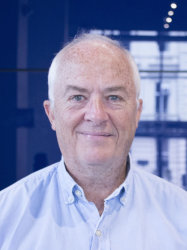BibTex format
@article{Huang:2020:10.1121/10.0002102,
author = {Huang, M and Sha, G and Huthwaite, P and Rokhlin, SI and Lowe, MJS},
doi = {10.1121/10.0002102},
journal = {Journal of the Acoustical Society of America},
pages = {1890--1910},
title = {Maximizing the accuracy of finite element simulation of elastic wave propagation in polycrystals},
url = {http://dx.doi.org/10.1121/10.0002102},
volume = {148},
year = {2020}
}

